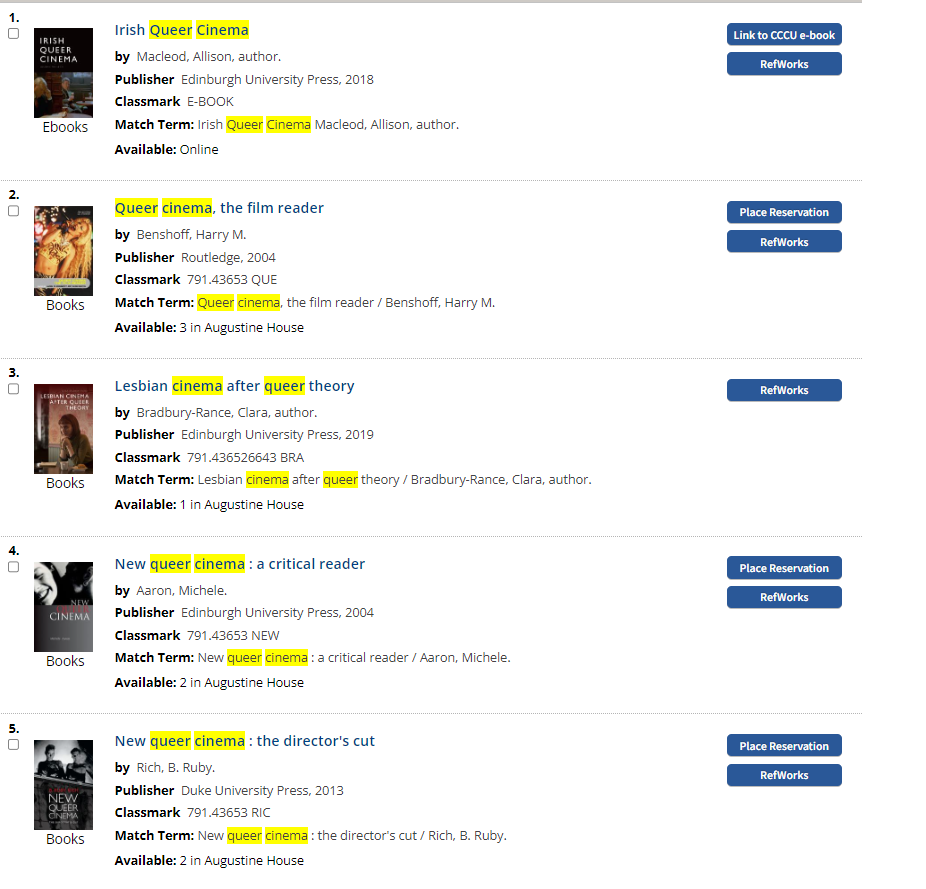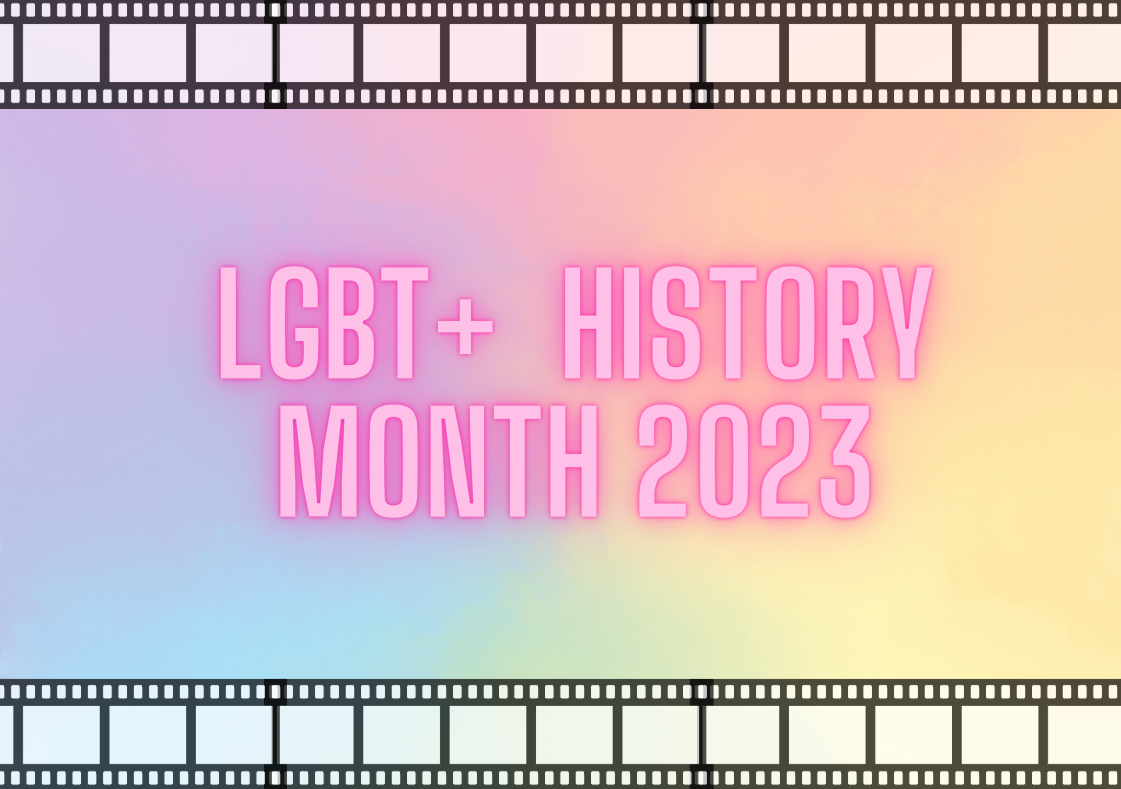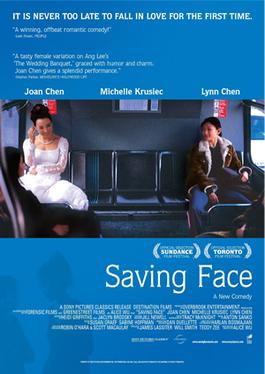There’s no shortage of queer tragedy on film. Stories of LGBT+ suffering and sadness are all too familiar. And of course bearing witness to and being moved by pain on screen can be a powerful, cathartic, and human experience. Life isn’t all sunshine and rainbows and neither should art be. But the ratio of sorrow to happiness when it comes to LGBT+ representation in cinema has traditionally been somewhat unbalanced so today we’re taking a look at some films, most created and worked on by LGBT+ people working behind the lens, that honour and celebrate queer joy.
Road trip comedies – To Wong Foo, Thanks for Everything! Julie Newmar and The Adventures of Priscilla, Queen of the Desert
Both of these road trip comedies feature a trio of LGBT+ characters and in each they undergo journeys in both the literal and metaphorical sense, altering the perceptions and preconceived judgements of those they encounter. Notably, the principal characters in both films go from large city to small town environments and find their presence at odds with their now much more remote surroundings. There is unpleasantness in each film, sure. The main characters in both To Wong Foo and Priscilla come up against ugly and sinister instances of homophobic violence and undercurrents of looming threat, something many LGBT+ audience members will identify with. But there is never any doubt that these are people living their wonderful, authentic lives and they triumph over every moment of adversity. We see heartening friendships and queer love blossom, and that there’s no one right way to have or be a family. Watching the escapades of Vida, Noxeema and Chi Chi, and Mitzi, Felicia and Bernadette is a joyous experience; they’re just all having so much fun and we’re delighted to be along for the ride.

Teen romantic comedies – But I’m a Cheerleader, Love, Simon, The Half of It and Alex Strangelove
When I was a teen, I got very into the 80s teen rom coms of John Hughes. While romantic comedies in general have never really been my thing, I was very drawn to Hughes’s vision of American high school life, and I saw a lot of myself in the outcasts and the weirdoes navigating teenage pressures and social conventions. The Breakfast Club in particular is still one of my favourite films. I realise and truly understand now, as an adult who was in distress and denial regarding my sexuality until my mid-twenties, how important representation is. During my formative and pivotal teenage years, seeing a queer character, particularly one my own age, figuring out their deal and finding happiness could have been life-altering. But I’m a Cheerleader, made in 1999, could have been that film but sadly I never knew about or saw it! It follows the story of Megan, who is sent to a conversion therapy camp and ultimately not only embraces her own sexuality but helps her love interest to as well. The usual teen comedy hijinks abound but crucially we see the wonderful kinship and community between queer people. We root for them to break out of their heteronormative constraints and cheer as they succeed.

There have been some notable LGBT+ teen comedies in the last five years. Love, Simon and Alex Strangelove, both coming out and coming of age stories, show protagonists who struggle with their identity but find peace and support from those around them. It’s important not to gloss over anti-LGBT+ prejudice and pretend it doesn’t exist. But it’s also important to show positive representation and stories of hope and optimism. Alice Wu, writer and director of Saving Face (more about that below), reimagines the classic tale of Cyrano de Bergerac in The Half of It with a queer romance at its heart and it’s another cinematic journey that’s as much about self-acceptance and loving yourself as it is about finding love with another person. These films, on the face of them, might seem a little more lightweight than others (although there’s value and validity in all genres) but they are vital and I hope that as many teens, and adults, as possible who need to see them do so.
Adult romantic comedies – Imagine Me & You, Saving Face, Boy Meets Girl, Happiest Season, Bros
Adult-focused LGBT+ rom coms represent a true break into the mainstream of cinema and, while they’re heavily outweighed by those featuring heterosexual romances, that they tell queer love stories and present positive queer relationships where happiness is not an unattainable goal is something of a revelation. In Imagine Me & You, we see the power of choosing to live authentically and following a path that diverges from what the world, and we ourselves, might have expected or assumed. Often, as we see in Saving Face and Happiest Season, LGBT+ characters may struggle with dysfunction in their relationships with their families but their relationships with their partners and close friends are far healthier. There is inevitably tension when worlds collide but the lives these characters pursue on their own terms, true to themselves, are ultimately what they know they must protect. Saving Face in particular was ground-breaking for its representation of a lesbian coming out in the Asian American community, and it remains a powerful depiction of intersecting cultures, identities and characteristics.
Romantic comedies often contain recognisable tropes and, by centring them on LGBT+ characters and stories, we see them not as ‘other’ but on the same terms as straight narratives. In Bros, main character Bobby disputes the idea that ‘love is love’, stating, “No, it’s not…That is a lie we had to make up to convince you idiots to finally treat us fairly. Love is not love. Our relationships are different. Our sex lives are different”. It’s certainly true that conventions and expectations in LGBT+ circles can and often do differ from heterosexual dating and relationship culture and that there is a puritanical aspect of homophobic discourse that queer people have been pushing back against for decades but we must also remember that no group of people is a monolith. LGBT+ rom coms, when done right, allow us to celebrate diversity while focusing on the most human and unifying of emotional experiences.
Other comedies and dramas – The Birdcage, I Love you Philip Morris, The Feels
Both romance and comedy also feature prominently in these films but in some cases they deal with somewhat more complex themes, or they don’t fit quite so neatly into the rom com category. In each case, we see queer couples go through trials and tribulations, some in more extreme situations than others, but remain resolute in their assuredness of their place in the world as members of the LGBT+ community. The Feels has much in the way of relationship drama and is perhaps a little lighter on joy than some of the other films mentioned here but it’s refreshing that being gay is not the cause of central couple Andi and Lu’s problems or unhappiness throughout the course of the film’s events. Additionally, there are more LGBT+ characters than in most films and we see some uplifting and touching moments of the bonds between queer women. The Birdcage also shows us, as do so many of these films, themes of chosen family, with partners and friends rallying round to assist with the plan that forms the central plot, however ill-conceived. I Love You Phillip Morris, based on the life of real con artist Steven Jay Russell, is a romp through outlandish criminal shenanigans but is also overwhelmingly an incredibly touching gay love story and when things are good for Steven and Philip, they’re on top of the world. It’s an unconventional narrative in many ways but in others, as boy meets boy and they devote themselves to one another, it’s a tale as old as time.

Some of these films are available to watch on Box of Broadcasts, an amazing resource that you can access via LibrarySearch. We’ve put them on our LGBT+ History Month 2023 #BehindtheLens playlist, which you can access here.
If you’d like to learn some more about LGBT+ representation in cinema, we have a selection of titles in the library that can help get you on your way, some of which you’ll find on our LGBT+ History Month display on the ground floor of Augustine House. A quick search for ‘queer film’ and ‘queer cinema’ will get you on your way:

One general caveat here is that there is a lack of representation of BAME faces and voices in the film industry across the board and LGBT+-centric cinematic ventures are no exception. The films mentioned in this blog post are funny, poignant, and moving, and have touched countless lives but many of them are dominated by white, middle-class characters and themes. I sincerely hope that this and future generations of filmmakers make increasing numbers of queer films that are diverse in all aspects and centre and amplify voices from all heritages and socioeconomic backgrounds.
Also, none of this is to say that tragic, heart-breaking stories don’t deserve our attention because of course they do. LGBT+ history (and, sadly, present) is full of tragedy and injustice and watching a gut-wrenching film that makes us cry in sadness or rage, or both, can be an incredibly powerful and sometimes cathartic experience that makes us understand ourselves and each other a little better. But we need light and shade and LGBT+ people, young LGBT+ people especially, need to see queer joy and feel empowered to choose their own path. I’m reminded of the sensational lesbian pulp novels of the 1950s and 60s, whereby stories of women loving other women were permitted to be published but only if they were seen not to be overly supportive of such activities. Well, no thanks. Art must show truth and beauty. And queer lives are truly beautiful.
 Library
Library Emma Latham
Emma Latham 494
494



